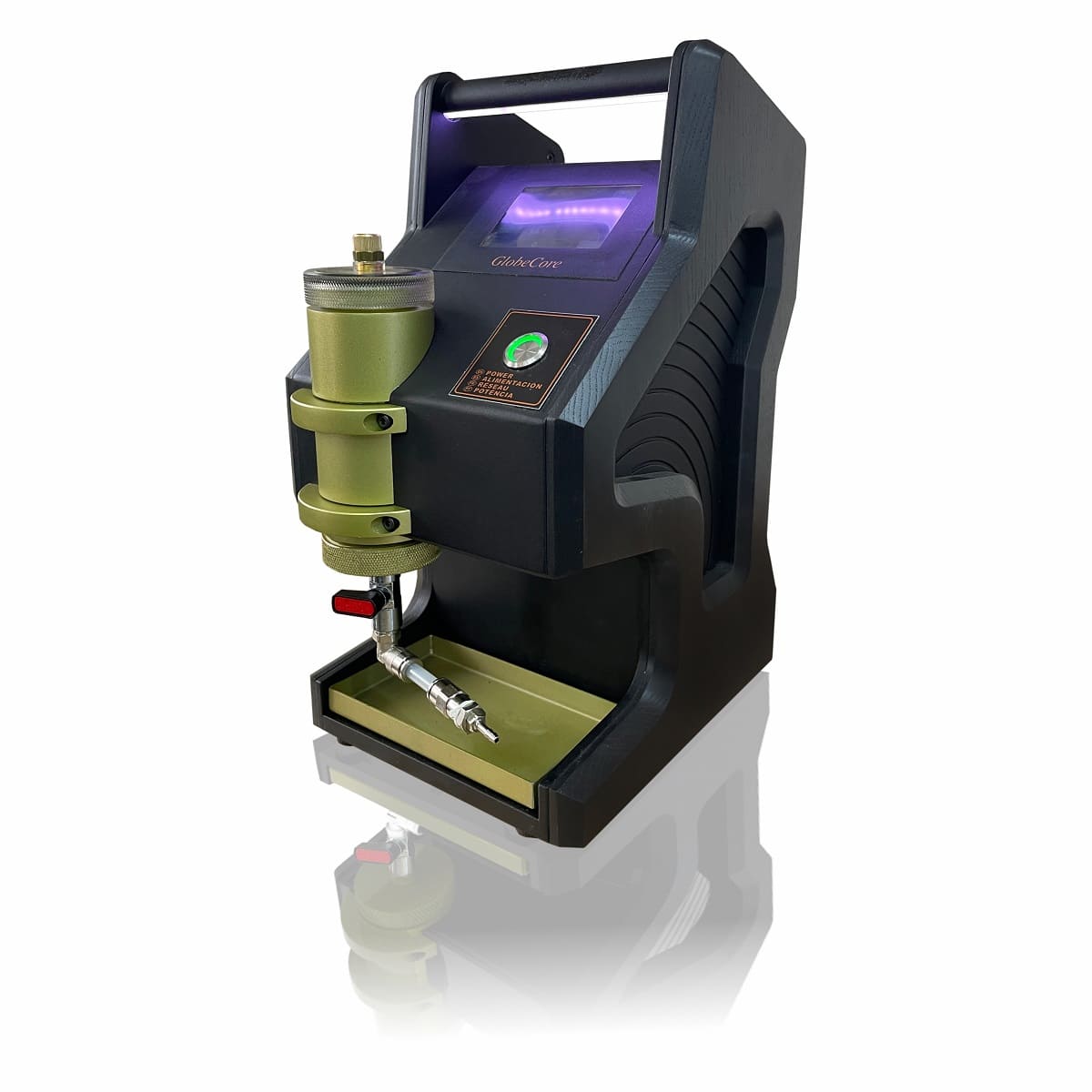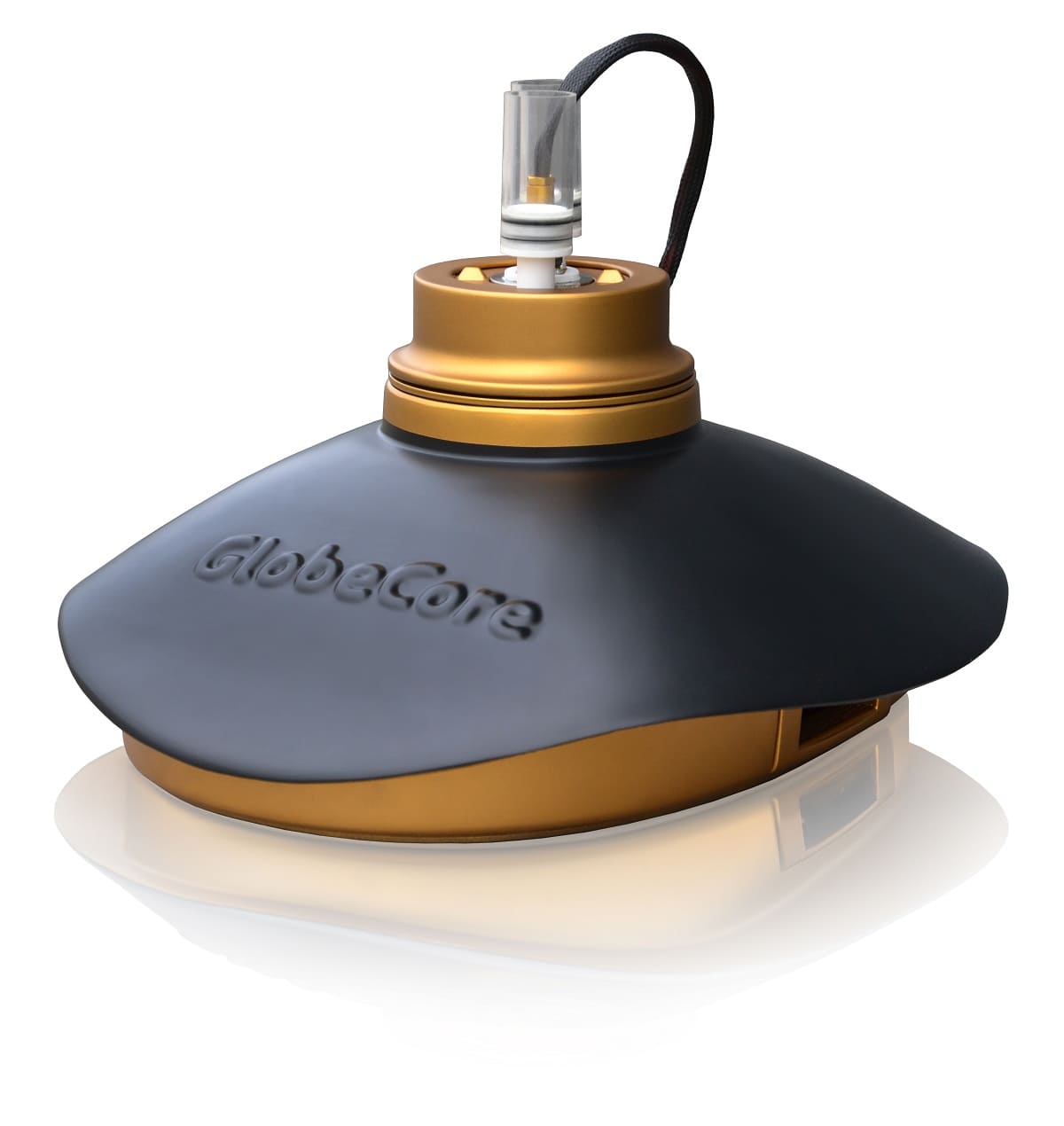How is 3-phase transformer testing conducted?
- This topic has 1 reply, 2 voices, and was last updated 1 year, 2 months ago by .
Answers
-
September 17, 2024 at 3:15 pm by Mohamed Alam
For 3-phase transformer testing, the process typically involves a series of diagnostic tests to evaluate the transformer’s performance and condition. You would use testing equipment designed for transformer testing, such as a winding resistance tester, insulation resistance tester, power factor tester, and turns ratio tester. The testing starts with winding resistance measurements to assess the integrity of the windings and connections. Insulation resistance is then measured to determine the quality of the insulation materials. Power factor tests help identify the dielectric losses in the transformer insulation. Finally, the turns ratio tests evaluate the transformer’s voltage transformation capability. For accurate results, it is essential to follow established standards and procedures. Properly conducting these tests ensures effective operation and longevity of 3-phase transformers, making them imperative for industrial applications. Regarding “02.10 transformations and congruence test part one,” it is crucial to integrate these tests within the broader framework of transformer diagnostics to ensure congruence in performance expectations and energy transformations.



